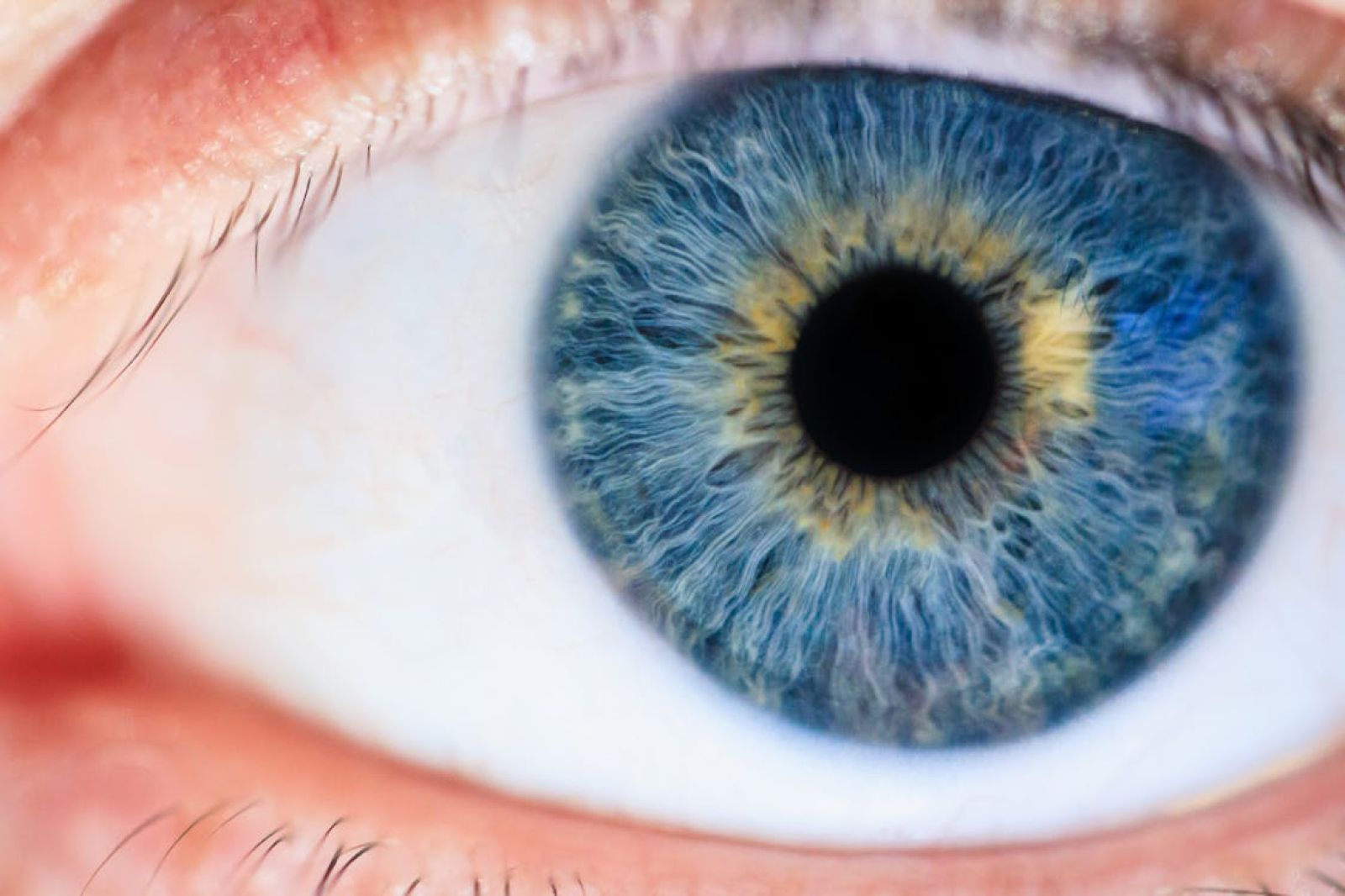Saving sight with stem cells: researchers have succeeded! 👁️
Published by Cédric,
Article author: Cédric DEPOND
Source: Stem Cell Reports
Other Languages: FR, DE, ES, PT
Article author: Cédric DEPOND
Source: Stem Cell Reports
Other Languages: FR, DE, ES, PT
Follow us on Google News (click on ☆)
The macaque's retina exhibited a macular hole, an age-related condition that blurs central vision. Rather than resorting to traditional methods, the scientists implanted cells derived from a human embryo.

Illustrative image Pexels
The usual surgical process, which involves harvesting cells from the periphery of the retina, has drawbacks: it reduces peripheral vision. By using stem cells, the researchers hope to avoid this loss.
Before the graft, the monkey struggled to fixate on points during visual tests. Six months after the procedure, it was able to fixate on 11 to 26% of the points, compared to only 1.5% before, showing a clear improvement.
However, to examine the effectiveness of the graft, the researchers had to remove the monkey's eye. They found that the retina had developed new visual cells. The exact origin of these new cells remains uncertain. Do they come from the transplanted stem cells, or were they part of a regeneration triggered by the transplantation? The question is still open.
These results offer a new perspective on treatments for eye conditions, but further research will be needed to determine the implications for humans.
What is a macular hole?
A macular hole is a tear located in the center of the retina, in an area called the macula. The macula is responsible for central vision, allowing us to see fine details such as letters or faces.
This condition is often caused by aging. As we grow older, the vitreous body (a gel-like substance in the eye) contracts and can pull on the retina, creating a hole. This phenomenon causes blurring in central vision.
The conventional solution for treating a macular hole is surgical. Doctors harvest cells from the periphery of the retina to reposition them in the macula. However, this method reduces peripheral vision since it uses cells from another part of the eye.